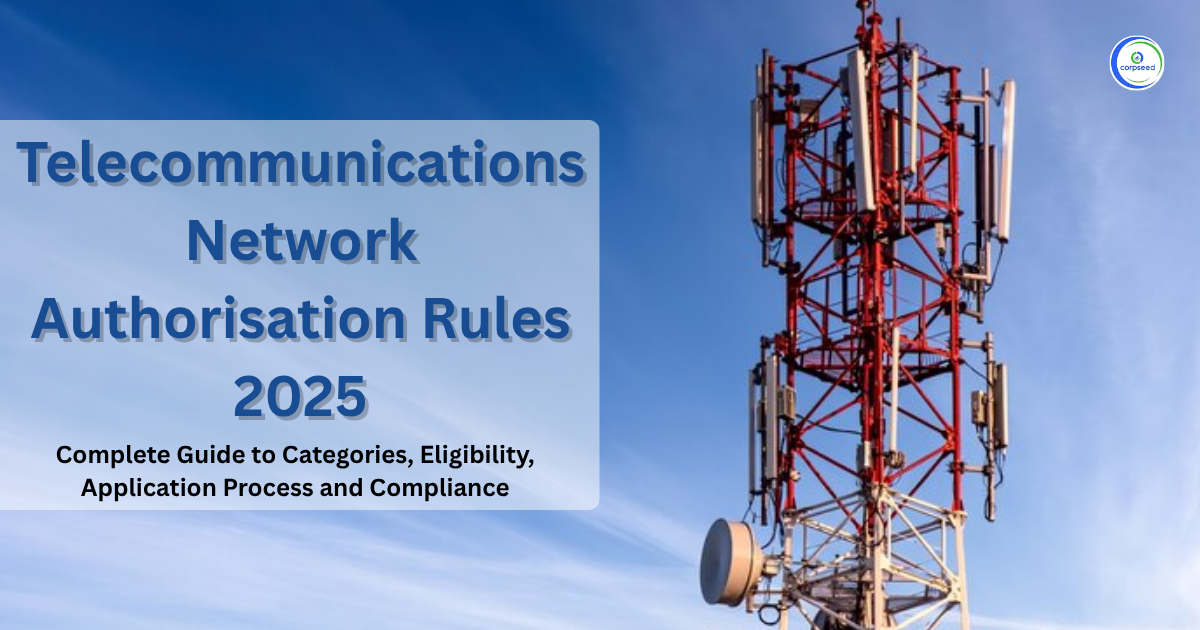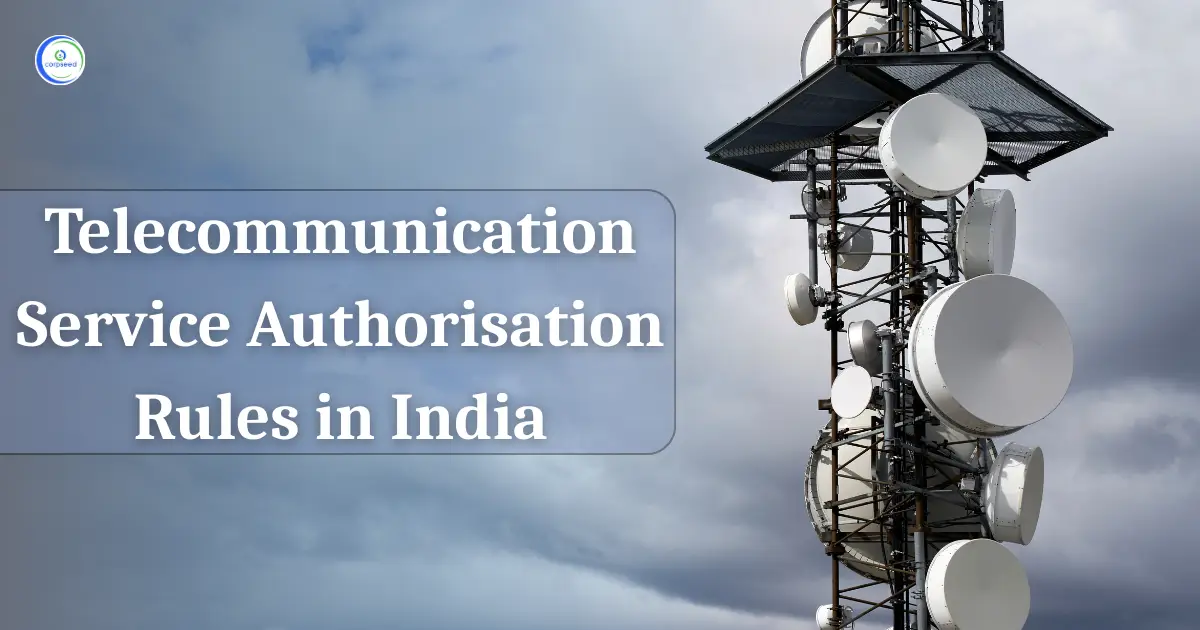Introduction
You might have come across a term, MODT if you are planning to get a home loan. The full form of MODT is a Memorandum of Deposit of Title Deed. It is used to complete the process of a home loan by providing the documents of the property as collateral. Let's understand the concept of MODT and go through the processes involved in the preparation of these crucial documents used in the transfer of rights on the property. It is used as a tool to create a charge of the property in favour of the lender so that the lender can recover the amount of the loan by selling the property in case of loan default.
Table of Contents
Legal regulations around the MODT
In India, the Transfer of Property Act, 1882, governs the creation of a mortgage through a Memorandum of Deposit of Title Deed (MODT). The Indian Registration Act, 1908, mandates the registration of MODT deeds with authorities for legal validity. The Reserve Bank of India (RBI) issues guidelines for banks and financial institutions on MODT creation and registration, emphasizing compliance with necessary details. Additionally, MODT deeds are subject to stamp duty, varying by state, based on loan amount and property value. Adhering to these regulations ensures the legal enforceability of MODT deeds in property transactions in India.
Who needs to get the MODT?
You will be required to prepare a memorandum of deposit of title deed if you are seeking a loan by putting your immovable property as collateral. Also if you are providing a home loan to the borrower as an individual, financial company or a bank, you need to ask the borrower to submit the MODT (Memorandum of Deposit of Title Deed). It is beneficial for the lender as well as the borrower as it documents the transfer of property documents between the parties and ensures their delivery at the time of loan repayment.
Purpose of MODT (Memorandum of Deposit of Title Deed)
The concept of MODT is very useful for the borrower as well as the lender. It provides the right to sell off the property and recover the loan amount to the lender. On the other hand, it also provides a receipt as well as a guarantee of the return of property documents to the borrower once the loan amount is repaid in full. On the part of the lender, this MODT works as the proof of possession of property rights while on the end of the borrower, it works as the assurance of the lawful transfer of the rights powered by the provisions of the Transfer of Property Act and the Registration Act.
MODT and Property Rights
MODT (Memorandum of Deposit of Title Deed) is drafted by mutual understanding between both the concerned parties. But the basic purpose remains the transfer of the rights over the concerned property. In return for the loan received by the lender, the borrower gives the promise to return the same with the applicable interest as discussed in drafted in the loan documents. But to ensure the repayment of the loan the borrower also needs to transfer the selling rights of the property if such property is given as security to the lender.
Process of Execution of Memorandum of Deposit of Title Deed
The process of complete execution of the MODT (Memorandum of Deposit of Title Deed) involves the following steps-
Step 1: Preparation
The borrower has the responsibility to prepare the Memorandum of Deposit of Title Deed in favour of the lender. It has to be drafted on a non-judicial stamp paper of the appropriate amount. The amount may vary depending on the cost of the property in question.
Step 2: Execution
After the MODT (Memorandum of Deposit of Title Deed) is prepared the same has to be signed by the borrower in the presence of two witnesses. This is called execution and in this step, the borrower agrees to the terms and conditions as listed in the MODT document.
Step 3: Registration
As per the provisions of the Registration Act, and the guidelines as issued by the Reserve Bank of India from time to time, the registration of MODT is compulsory. The registration at the office of the sub-registrar of assurances makes it enforceable under a court of law.
Step 4: Possession
After the execution and registration of the MODT, the actual possession of the documents related to land ownership is transferred to the lender as a guarantee of the loan. The lender can use the documents so received as per the provisions agreed upon in the Memorandum of Deposit of Title Deed. Along with the transfer of possession, a note regarding the number of documents and a list of the same is prepared for reference and signed by the lender.
Step 5: Release
If the borrower fails to pay the loan amount on time, the lender can utilise the power transferred to him under the MODT by selling the property. But if the loan amount is repaid to the lender then the borrower should get the MODT cancelled by applicable process and the lender loses any rights over the property in question.
Format and Crucial Information to be Included
The format of a Memorandum of Deposit of Title Deed contains the heads in a particular format and covers every crucial information that has to be mentioned and signed between the parties exchanging the property documents-
- Title
This section underscores the importance of a clear and specific heading, emphasizing that the document is a "Memorandum of Deposit of Title Deed." A concise and accurate title sets the stage for the legal content that follows.
- Parties Involved
The subsequent section describes the key parties participating in the transaction. It includes comprehensive details, such as the name and address of the borrower, lender, and witnesses. This information establishes a clear understanding of the individuals involved in the creation and execution of the Memorandum of Deposit of Title Deed.
- Property Details
This section is for the property offered as collateral. The Memorandum of Deposit of Title Deed should incorporate a clear and precise description of the property. This includes its location, survey number, land area, and other pertinent details, creating a comprehensive record of the property being deposited as security for the loan.
- Loan Details
This section delves into the specifics of the loan agreement. The Memorandum of Deposit of Title Deed should outline crucial loan details, encompassing the loan amount, interest rate, repayment schedule, and any additional terms and conditions relevant to the financial arrangement. This ensures transparency and clarity in the lending agreement.
- Depository Details
The document should specify the entity responsible for safeguarding the property documents throughout the loan tenure. Mentioning the name and address of the depository creates transparency and establishes the location where the crucial documents will be securely held until the loan is repaid in full.
- Execution Details
This segment outlines the procedures for executing the Memorandum of Deposit of Title Deed. It is for the requirement for signatures from the borrower, lender, and witnesses.
- Registration Details
The final section covers the crucial aspect of registration. It includes essential registration details, such as the date, registration number, and the particulars of the Sub-Registrar of Assurances. This information solidifies the legal standing of the Memorandum of Deposit of Title Deed, making it enforceable and valid under regulatory frameworks.
Conclusion
In conclusion, the Memorandum of Deposit of Title Deed (MODT) emerges as a pivotal component in the landscape of property transactions and home loans. Enabling the creation of a mortgage by the deposit of property documents, the MODT serves both borrowers and lenders by formalizing the transfer of property rights. The MODT's purpose is multifaceted, providing lenders the security to recover loan amounts and borrowers the assurance of property document return upon full repayment. The execution process involves meticulous preparation, signing in the presence of witnesses, compulsory registration, and the eventual transfer of possession to the lender. In the unfortunate event of loan default, the MODT grants lenders the authority to sell the property, reinforcing its critical role in safeguarding financial transactions. Ultimately, the execution and release of the MODT represent a carefully orchestrated legal process that underpins the integrity and reliability of property transactions in the realm of home loans.
This portion of the site is for informational purposes only. The content is not legal advice. The statements and opinions are the expression of author, not corpseed, and have not been evaluated by corpseed for accuracy, completeness, or changes in the law.
BOOK A FREE CONSULTATION
Get help from an experienced legal adviser. Schedule your consultation at a time that works for you and it's absolutely FREE.
_Purpose,_Process,_And_Its_Format_Corpseed.webp)







